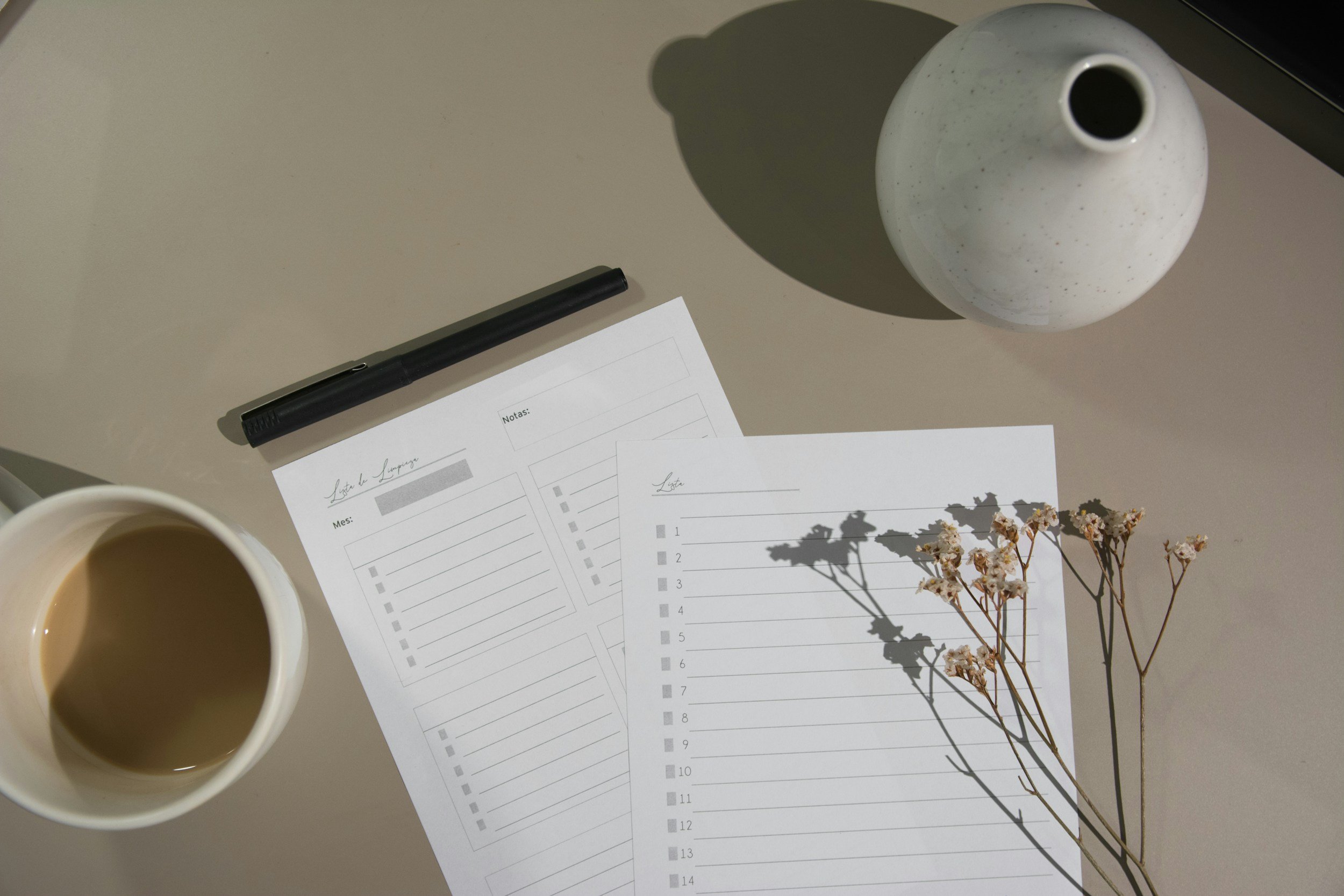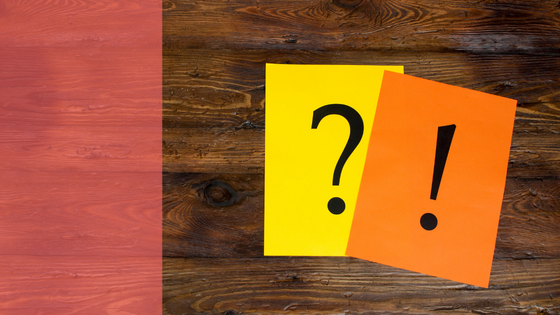With the recent change from a paper-based to a now fully digital SAT, many of my private tutoring clients have been wondering whether SAT prep strategies have changed, too. That’s why I’m dedicating a whole post to laying out what you should do if you want a high score on the Math section of the current, Digital SAT.
The good news: there are only four steps you’ll need to follow to successfully get the Digital SAT math section score of your dreams. Now, I’m not saying all of those steps are quick—but they are CLEAR, and today I’ll give you a gameplan for carrying them out!
Article Contents
A. Watch this article as a video
B. Your 4-Step Plan to Ace the DSAT Math
Step 1: Take a diagnostic test (the right one!)
Step 2: Build your Math Priority List
Step 3: Drill your weak topics
Step 4: Use Mock Tests (the right ones!) to get ready for the real thing
C. Conclusion
Watch this article as a video:
Step 1: Diagnostic Testing for the DSAT Math
In order to understand where and how much you need to improve, you first need to understand where you are skill-wise.
To some of you, that will seem intuitive, but you’d be surprised how many of my students initially assume that their strategy should be “Just jump in and start studying as many topics as possible, as hard as possible!” Not so, my friend—at least, not if you want to use your time efficiently and keep your sanity intact.
You need to take a diagnostic test for so many reasons:
Because you need to understand how you interpret the way the Digital SAT phrases its Math questions.
Because you need to understand how you perform under time pressure of the ticking countdown timer.
Because you need to understand what you remember and DON’T remember from that eighth-grade lesson on inequalities.
That’s why you’re going to use Bluebook practice test #1 as your diagnostic test. How does that work, exactly? Here’s the nitty-gritty:
First, you're going to create a College Board account right on the College Board's website.
Next, download the Bluebook app and install it onto your device.
Then, you’ll need to carve out a free a morning to take the test. It’s ideal to take your diagnostic test in the AM because that's when you’ll be taking the real test. So, find a free morning when you have a few hours of uninterrupted time—when there are no distractions around, and you know it will be quiet in your home.
Lastly, you're going to actually sit down and take practice test number one in the Bluebook app.
Step 2: New SAT—Build Your Math Priority List
After you've taken practice test #1 as your diagnostic exam, it does you no good at all if you just start randomly slamming practice problems and practice sections without a clear focus. What you really need to do is figure out exactly which math topics you forgot, didn't learn in the first place, or maybe misunderstood when your teacher taught it to you in ninth grade.
Only when you know WHAT your conceptual gaps are can you concentrate on filling in those conceptual gaps in a work-smart-not-hard way. These personal weak spots are what I call the low-hanging math fruit—because improving YOUR knowledge of them is the easiest way to get you, as a unique test-taker, more points. Blindly following some generic math topics curriculum in a prep book will get you nowhere near as much bang for your buck.
So what we're going to do is determine which question types on the math section you missed. To pull this off, we're going to go through that diagnostic test you just took, and we are going to look at every question that you either skipped or answered incorrectly.
For each such question, we're going to ask, “What was the specific aspect of this problem that I messed up?” Sometimes the answer is not what you think.
To take an example, let’s say you missed a problem about the 30-60-90 special right triangle and its ratios. When you first look at the question as you re-read your test results, you might assume, “Oh, it's obviously a Geometry question, so I must need to brush up on my Geometry.” But hold the phone! When you actually review the scratch work you did to get your answer, you realize, “I didn't actually misremember the 30-60-90 special right triangle ratio. I got that right. Instead, what I messed up was the step where I had to simplify the root of the number.”
Whaddya know? What you specifically were struggling with wasn't a geometry issue—it was actually the topic of roots (as in, exponents/radicals/powers). So, an “Advanced Math” topic was the culprit, here, not Geometry per se. (By the way, if you’d like the full list of Math topic categories that show up on the DSAT, check it out here.)
After you’ve cataloged every single missed point and determined which math topic tripped you up for each, you're going to tally how many questions you missed in each category. Then, once you start studying, you're going to focus FIRST on improving the question types you missed the most of.
By the time you’ve completed this step, you’ll have your own personal Digital SAT Math Priority List. And that is a POWERFUL study tool to have!
Step 3: Practice Your Math Weak Spots.
So now the fun starts. Remember that Math Priority List you just made? Well, you're now not only going to learn (or re-learn) all the concepts, proceeding in descending order of the priority list, but you're also going to practice, practice, practice those concepts until you know them cold.
Now we arrive at an important piece of test-prep wisdom. To drill specific question types, please do NOT, under any circumstances, use Bluebook practice tests two through four. The reason is that we only have four of those official computer adaptive practice tests right now, and you can only truly use them once for diagnostic/practice purposes—re-taking a given practice test will not give you an accurate read on where you’re at! So, each of these Bluebook practice tests is like gold to us, and we are NOT going to tarnish one of those gold nuggets just to extract random practice problems, which you can find elsewhere.
Where is this “elsewhere” that contains other Math practice problems, you ask? Here are several options:
Use Khan Academy to drill certain math topics. It's online and it's free.
Use those big-name test prep books that you might find in the bookstore, or on Amazon, or elsewhere online: Barron's or Kaplan or Princeton Review. These books have drills in them as well as various unofficial practice tests.
Use the drills in the official College Board Digital SAT Guide. This book contains four different drills for math: there's one for Algebra, one for Advanced Math, one for Problem Solving, and one for Geometry and Trig. (Another word of caution: the practice tests in this print book are just paper copies of the official online Bluebook practice tests 1-4—so you don’t want to touch those yet.)
Step 4: Mock Tests for the Digital SAT
After you've used your Math Priority List + problem set drills to fill in your math gaps, it's time to put it all together! We want to ramp up towards your actual test day. Thus, your last step is to take mock tests to build momentum leading up to your Digital SAT test date.
Now, if you've followed my advice so far, you should still have Bluebook Practice Tests #2, #3, and #4 waiting for you, totally unspoiled. (You've already used practice test #1 as your initial diagnostic test, but you should still have these three to use as mock tests.)
Now, one more word about moderation with regard to the practice tests: if you are like most students, there’s a good chance you’ll take the Digital SAT more than once. This means you might want to consider using only Practice Tests 2 and 3 in the lead-up to your first test sitting! That way—you guessed it—you can use #4 as a mock test before you potentially retake the DSAT.
So what you’ll do is take Practice Tests 2 and 3 on the two to three weekends before you actually sit to take your first real Digital SAT, and then you’ll use Practice Test 4 on the weekend or so before your second real DSAT.
If you need more practice tests after that point (say, because you elect to take the Digital SAT a third time), you’re not out of options. The College Board’s website makes available, for free, several linear non-adaptive practice tests. These tests are written in the style of the Digital SAT, and are official, but because they're on paper and are not computer adaptive, the structure's a little different. Each module has more questions in it and you get more time to do them.
The reason you want to use these non-adaptive tests as a last resort is because roughly two-thirds of the questions on these linear non-adaptive practice tests are basically stolen from the four official ones on Bluebook! You don't want to use them FIRST, because you will ruin those four official computer adaptive Bluebook practice tests. However, they’re still of some use afterwards, on account of that ~30% of the questions that you won’t have seen before in Bluebook tests 1-4.
And then, if you burn through the non-adaptive tests as well, you can use practice tests from test prep books—Princeton Review, Kaplan, Barrons, etc. However, please note that these are last-last resorts because they are not official tests.
Your next steps
This post gives you the basic outline for your next few SAT Math prep steps. If you think you’d benefit from going deeper—e.g. learning which concepts will be on the test, and gaining access to ALL of my ninja problem-solving tricks and strategies for tackling scary problems—then check out my online course:
In this totally digital, totally self-paced online course and ebook, you're going to learn all the content and all the strategies you need to ace the Digital SAT’s Math section in under three hours.
Or, if you’d prefer guidance from a real live person—and a master in the art of SAT prep, no less—learn more about working with me here.






